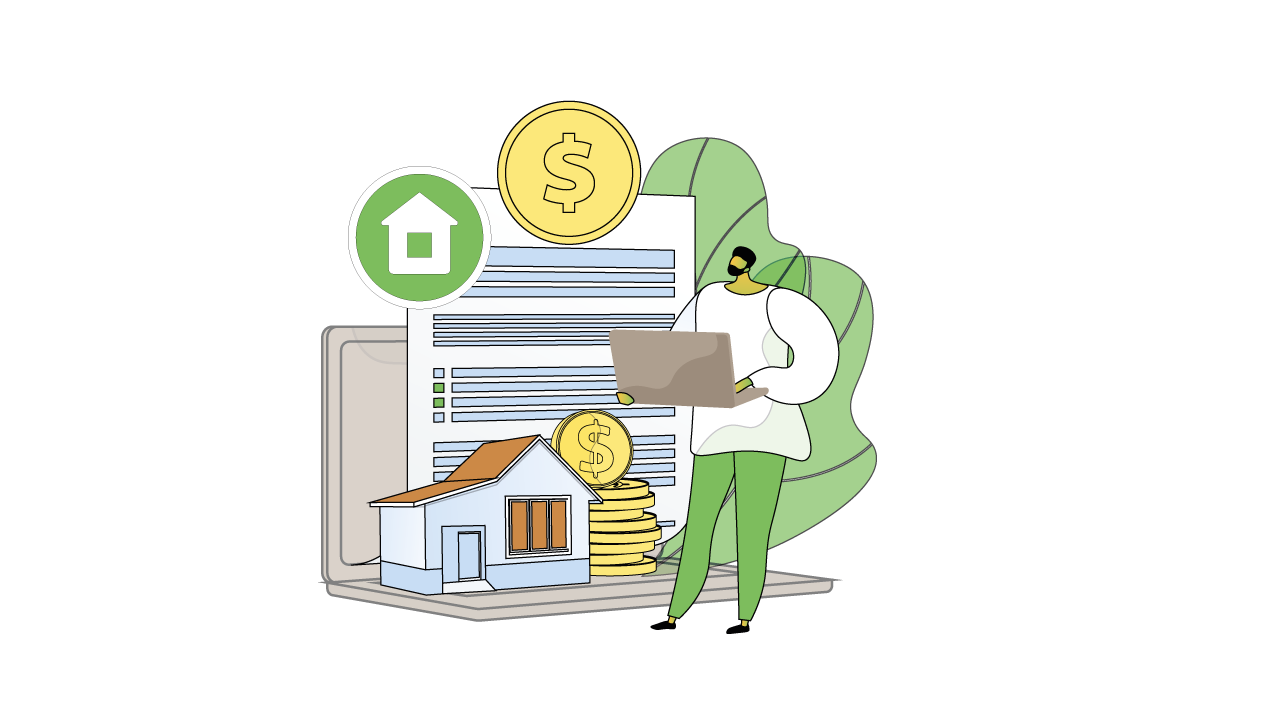Where to invest money in 2022
Let us guide you on where to invest money in 2022. We all start planning investments even before we start working. The general tendency observed is that people go to buy houses or FDs. This gives us a chance to explore how we try to invest in assets as they have the tendency to grow and give good returns on the invested amount. There are many kinds of assets to invest in. There is gold, fixed deposits, mutual funds, property, bonds, stocks, etc. where one can invest their savings to generate a second source of income or to achieve their financial goal. Assets can be anything that has value. These may represent economic resources or ownership that can be liquidated and hence converted into something that holds value, like cash. Most commonly these assets are categorised under two names, financial assets and physical assets. Each of these categories has its own risk and reward characteristics.
Before we look at where to invest money in 2022 or which asset to invest in, let us see what these assets are and how these can be defined.

Physical Assets
As the name suggests, these assets have a physical and tangible presence. Something we all can see, touch, or feel. Physical assets include land, buildings, machinery, plants, tools, equipment, vehicles, gold, silver, or any other form of tangible economic resource. Physical assets have useful economic life. Once they lose their useful life, they may become obsolete or too old to be used. Hence they must be resold before they perish and lose their value.
Financial Assets
Contrary to physical assets, financial assets are intangibles. They have no physical presence except for the document that indicates the interest of ownership in the asset. These cannot be seen, touched or felt as they cannot be physically located. Even the paper and the certificates on which the ownership is defined hold no intrinsic value. The only property of those sheets is the value of the assets defined there. Examples of such financial assets are bonds, stocks, patents, copyrights, mutual funds, company goodwill, investments, the amount receivable, and funds held in a bank in the form of fixed deposits or recurring deposits. Daulat’s fully-managed, low-cost mutual fund portfolios is also an example of a financial asset which gives you exposure to stocks.
Difference Between Physical Assets and Financial Assets
While both kinds of assets are money generation techniques, they differ in their presence and use. Physical assets, on one hand, are the tangible ones while financial assets have no tangible presence. Physical assets mark the requirement of maintenance, wear and tear, upgrades and repair due to their physical presence whereas financial assets hold no such issues. Physical assets are prone to decrease in their value due to depreciation in the price or loss of economic value while financial assets lose or gain value as per market trends such as market interest rates, fall in investment returns, or fall in stock market prices.
Now that we have understood the terms physical assets and financial assets, let us now look at how investing in financial assets is relatively more secure than investing in physical assets. Let us first consider the below example.
A man invested a part of his savings in financial assets while the other half in buying physical assets. The financial assets were mutual funds while the physical one was a piece of land. The motive for investing in physical assets was to fund his daughter’s higher education. He invested in financial assets for his retirement. But a few years later, when the time came for his daughter to go to her dream school, he had to liquidate his financial assets as it was very difficult to liquidate/sell land due to its highly illiquid nature. Thus in the hour of need, it was financial assets that came to the rescue.
This example shows the power of financial assets over physical assets. Let us now explore this in more detail and know where to invest money in India.
Advantages of Financial Assets over Physical Assets

1. Liquidity
When it is about liquidating the assets, financial assets score way higher as compared to physical assets. Liquidating physical assets may take time as one has to get the value of the money that was invested in the beginning. While financial assets on the other hand are very easy to liquidate and take about 1-3 business days for completing the process and getting funds in return. Gold for example is a physical asset that can be easily sold but in our culture, selling gold is seen as a financially distressed situation and hence people don’t prefer that. Financial assets like bonds and stocks come with no such pre-fixed descriptions.
2. Transparency
When one owns physical assets like a house or a piece of land, one has to constantly check for updated pricing. No two properties in the same place are necessary for the same price. Hence it is not easy to track the price of the physical assets, while the current value of financial assets can be tracked and checked on a daily basis. Hence financial assets show more transparency as compared to physical assets.
3. Diversification
Diversification of financial assets is very easy and highly recommended. That helps manage funds in a way so as to minimise the losses as much as possible. One can divide the investment into parts and invest that into different forms of a financial assets. While physical assets cannot be divided into smaller parts and hence one has to either buy all of them or none of it. Therefore the diversification observed in financial assets is way more powerful than the physical assets.
Summary
Physical assets offer a sense of ownership due to their physical presence while financial assets give advantages over physical assets in many forms. We have seen a few of the above. One more prevailing benefit of financial resources is that they can be partially liquidated. We can sell 100 stocks out of 1000 whenever we want but we cannot sell 1 acre of land out of 5 acres as per our wish.
Thus we suggest that people must maintain a good balance of physical and financial assets.





